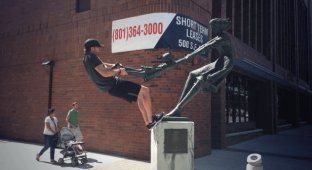15 false facts that people still believe (16 photos)
Everyone knows that Cleopatra was distinguished by her extraordinary beauty, and Napoleon was short, right? But no! So what other unreliable historical facts do we take on faith? That's exactly what one Reddit user asked, and hundreds of people came to the comments to shed light on common misconceptions. 
1. 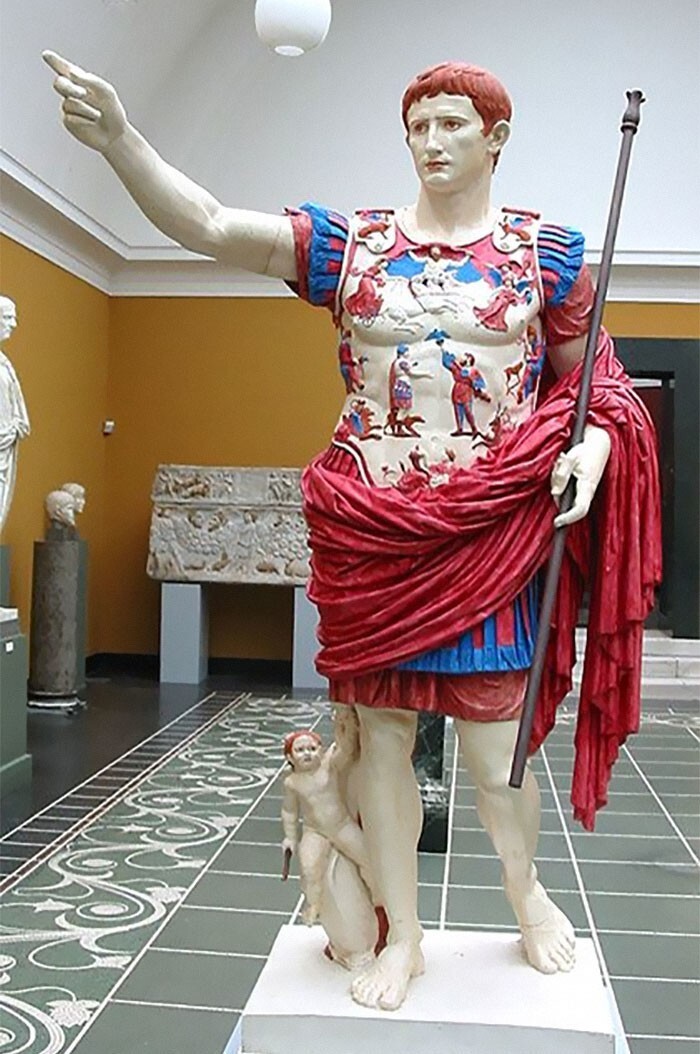
“So we've known for YEARS that Greco-Roman statues and buildings were colored and not just white marble, but we actively ignored it.
In general, when people discovered old Greco-Roman statues, they noticed paint stains on some of them, but ignored it because white marble looks very beautiful and during the Renaissance was very much a symbol of Rome and therefore civilization. To put it bluntly, early art historians stated that “they were white because white bare marble is more beautiful,” DESPITE EVIDENCE OF PAINT. When statues from ancient Greece and Rome were found, the remaining paint was washed away, and even the Parthenon had obvious traces of paint until the 18th century. Even historical texts of the time talk about colored buildings, and the discovery of Pompeii showed that the Roman Empire was much more colorful than people wanted to admit.
So, fast forward to the end of the 20th century, when, after admitting among themselves that the statues were probably painted, [scientists] announced to the world that, yes, the statues were painted. The museum made a copy of the statue of Augustus of Prima Porta, which they painted according to the best evidence they had, and the public hated it, with one art critic comparing it to a transvestite. Even when confronted with the truth, people not only rejected it, but went against it. Things got to the point where white nationalists began to threaten art historians for claiming that Greco-Roman statues were painted with bright colors because it contradicted their idea of ancient European civilization.
So yes. Paleontologists may be criticized for feathered dinosaurs, but at least they aren't facing death threats from white nationalists."
2. 
“That the events in Tiananmen Square did not happen. I studied in China, and the local teachers told me a highly simplified version of what they were taught as children. In China, you won’t even find this article on Wikipedia.”
3. 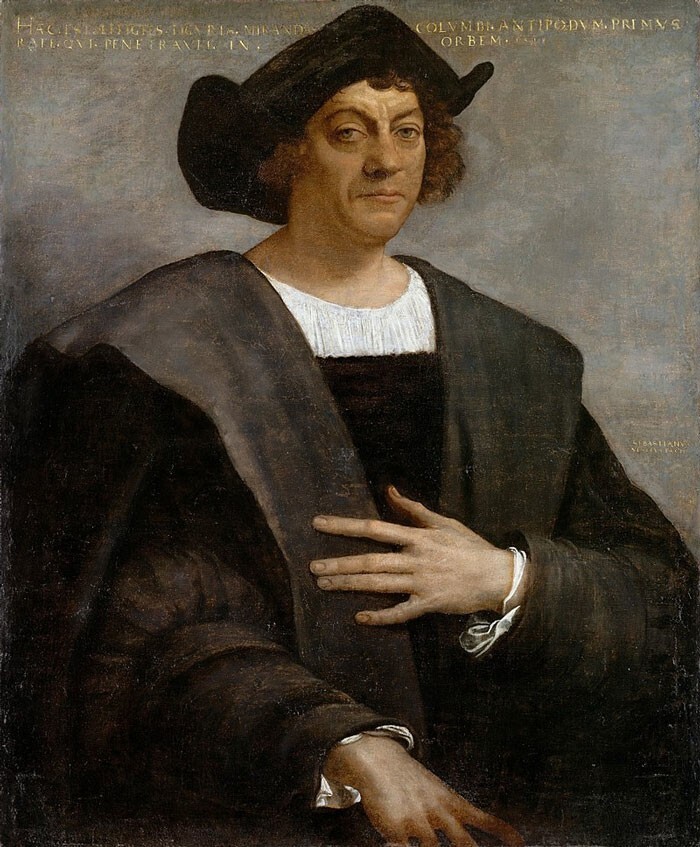
“That no one wanted to sponsor Christopher Columbus's voyage because everyone thought the world was flat. In 1492, people knew that the Earth was round, and we already had a very accurate estimate of its size. In fact, there is some evidence that the reluctance to finance Columbus's voyage was due to the popular belief that reaching India by going west was impossible because, given the size of the Earth, land would certainly be in the way."
4. 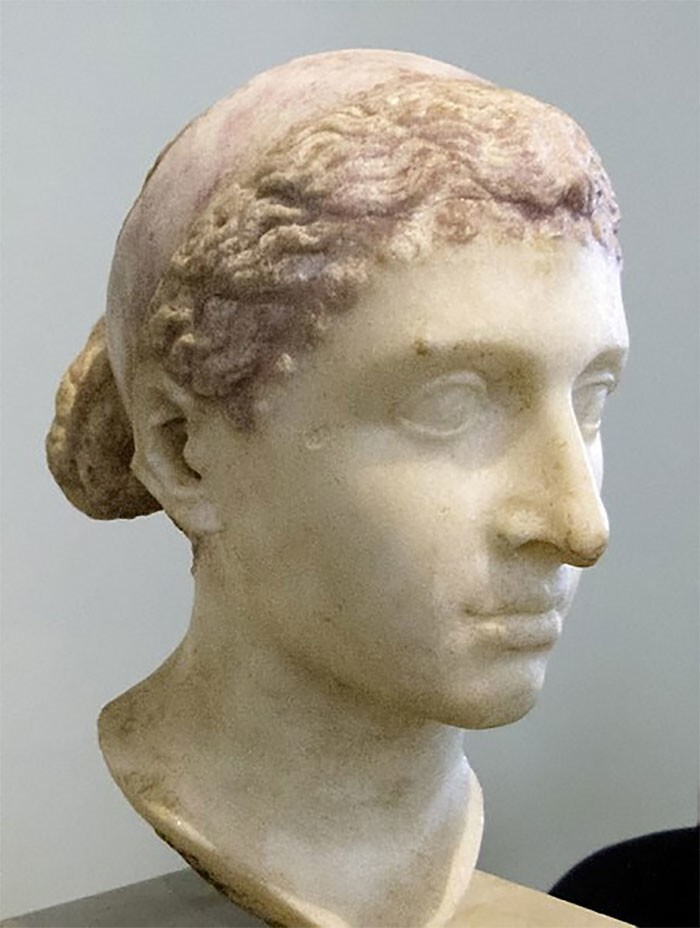
“That Cleopatra was some kind of unearthly beauty who charmed everyone she met. Ancient historians were much more impressed/disturbed by her intelligence and ability to easily manipulate people, and her reputation as a sexual temptress only began to emerge centuries later. Cleopatra's ancestors were big fans of incest (the sixteen roles of her great-great-grandfathers were played by just six people), and members of the Ptolemaic dynasty had a reputation for... people with strange appearance. Cleopatra looked slightly better than average compared to the other members of the family, but according to historians such as Plutarch, the general consensus was that "her beauty in itself was not incomparable and not such as to astonish those who saw her."
5. 
“I still see the popular belief that slaves built the pyramids. This is not true, these people were hired workers. They even had benefits such as bonuses and health care, and more skilled workers were given days off. (In Ancient Egypt there were four categories into which all professions were divided: manual labor, administration, priesthood, military service).”
6. 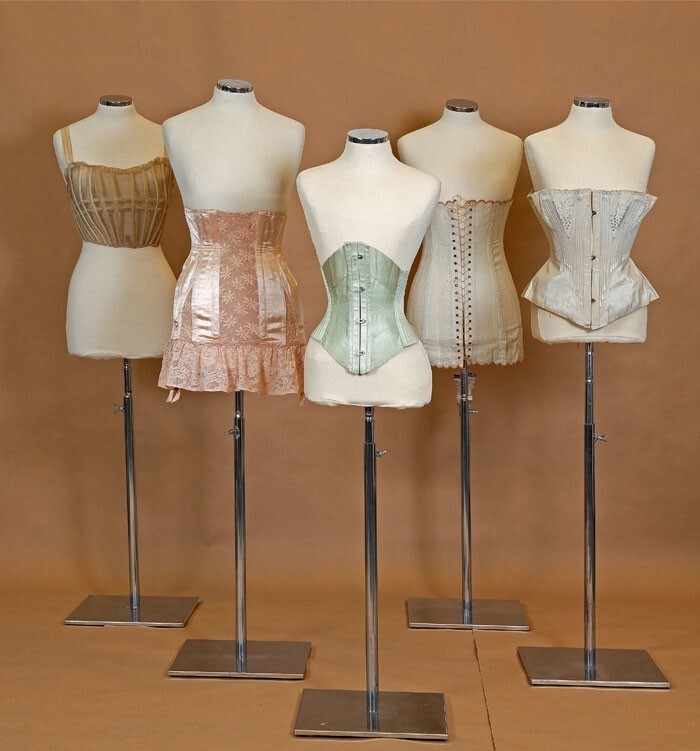
“That corsets caused women discomfort, dislocated organs and caused fainting. Women have worn corsets for hundreds of years, they were the forerunners of the bra. They were used for support, had no rigid inserts, and were actually quite flexible. All women wore them: noble ladies, workers, older women, young girls. Corsets can actually be quite comfortable. The myths that most people know come from the main socialite fashionistas. A corset and tight lacing are two different things. Most women did not have an 18-inch waist. Just like today, the women used in advertising were thin and unattainable.”
7. 
“That Nazi medical experiments and Japanese Unit 731 discovered something valuable for modern medicine. The medical experiments conducted during the Holocaust were not conducted to test or prove any hypothesis other than that “Germans are better.” In almost every experiment, prisoners were killed in some sophisticated way, such as being frozen in a bath of ice water, being shocked until they died, or subjected to some other form of execution. They measured the time it took for a prisoner - an emaciated, physically weak man - to die, and simply stated that a healthy, normal German took longer to freeze to death, which meant that the Germans were physically superior to these people. "It was basically just plain old murder covered up in a lab coat."
8. 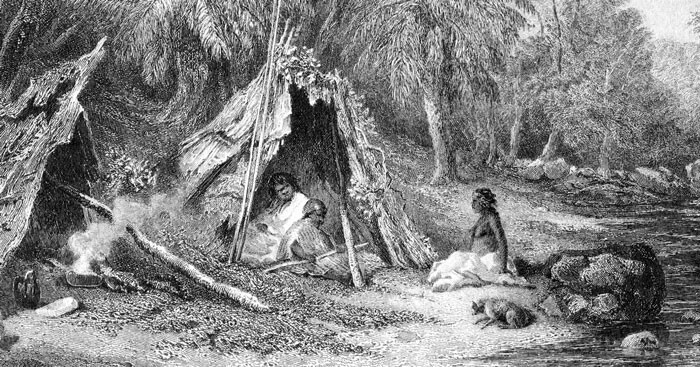
“That humanity happily abandoned hunting and gathering in favor of settled agriculture.
Historical evidence suggests that early states had to constantly round up peasants who decided that farming sucked and fled to become semi-nomadic or nomadic herders and hunters. Thus, at the beginning of the war, the focus was on capturing slaves, who were usually relocated closer to government centers and culturally integrated. Agriculture was forced upon the majority of humanity rather than accepted as a better option.
Much evidence also suggests that agriculture was much less energy efficient and resulted in poor nutrition. Nomadic barbarians were often larger and healthier than ancient farmers. Some anthropologists even believe that sedentary agriculture was a last resort resorted to by early humans during a climatological cataclysm, and was not seen as a technological advance.”
9. 
“That the Romans did not occupy Britain for long. They've occupied it longer than the United States has been a country."
10. 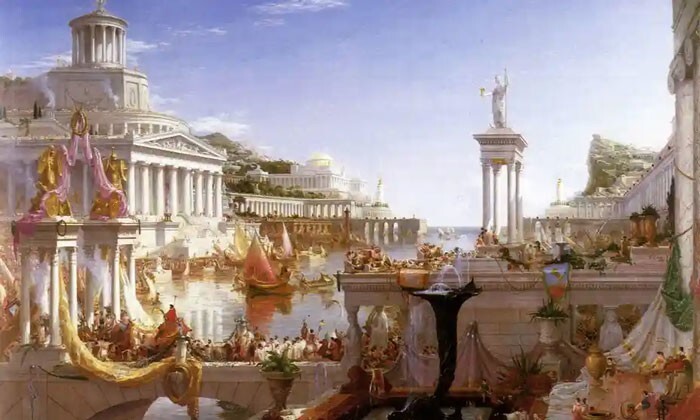
“That after the fall of the Roman Empire in 476 AD. The Dark Ages immediately began.
In fact, the peasant who lived through 476 most likely did not notice that he was experiencing the end of one era and the beginning of another. The beginnings of feudalism arose during the reign of Diocletian; barbarians and barbarian Roman troops were the reality of many generations. The barbarian king who overthrew Romulus Augustus still considered himself a full-fledged representative of the Empire, etc. In some ways, the fall of Rome was sudden and traumatic (after all, the population of the Roman Empire fell through the cracks in the 400s), but in fact, it was more of a gradual, centuries-long transition than a sharp decline.”
eleven. 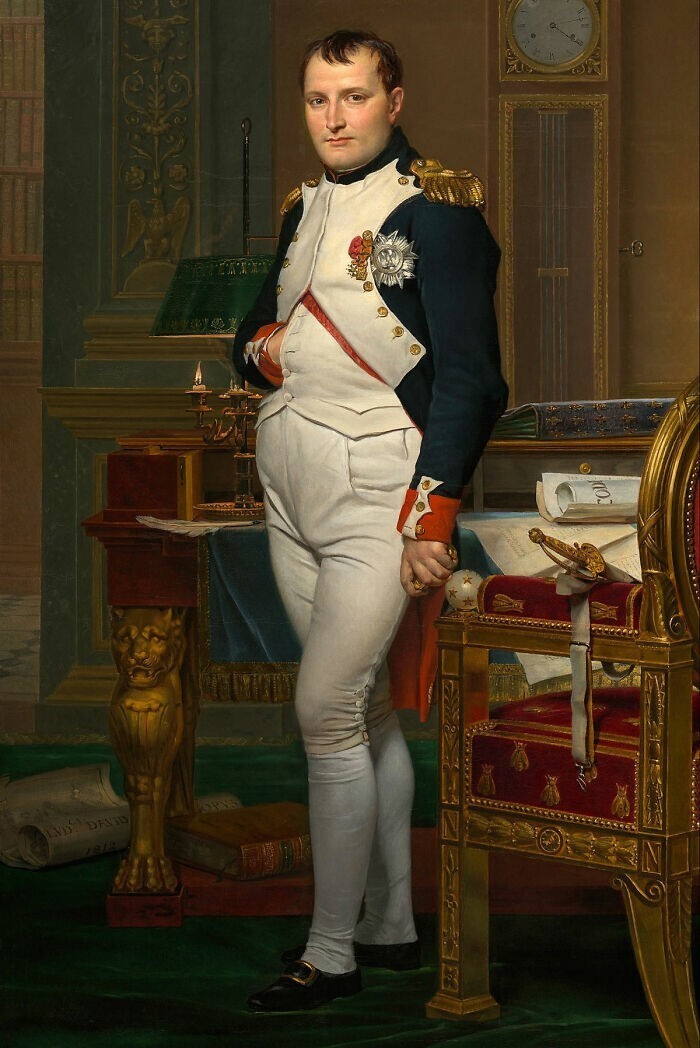
“That Napoleon was short. He was of average height for those times, the French simply used a different measurement system.”
12. 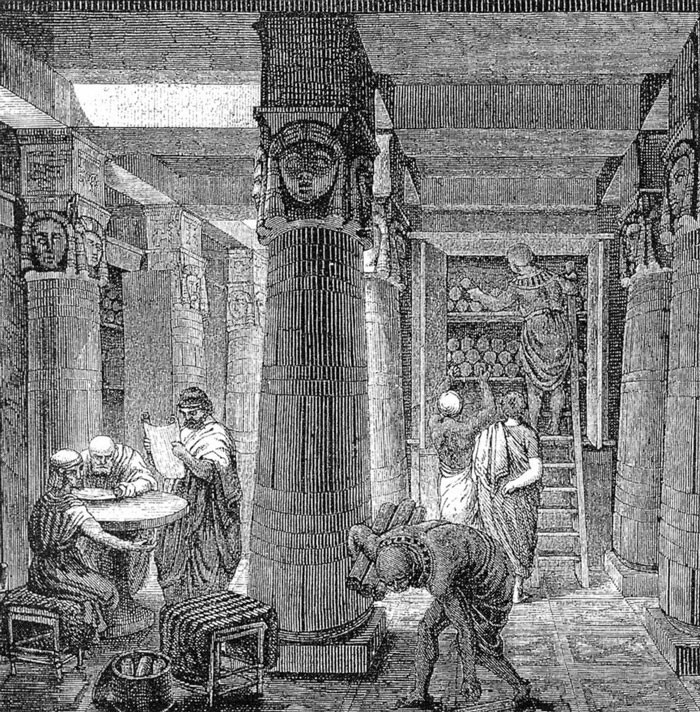
“Practically everything related to the Library of Alexandria.
No, the Library of Alexandria was not the only repository of knowledge in the ancient world. There were many other wonderful libraries, for example in Pergamon, and many, many other collections.
No, we did not lose countless important works that could only be found there. The library worked to copy these works, and any important works could be easily found in other libraries around the world.
No, we would not live in a utopia if it had not burned down, because it was supposedly the center of knowledge. The library was in serious decline for almost a century before it burned down. When Ptolemy VIII banned all foreign scholars from visiting Alexandria, they moved to other libraries, and as Ptolemaic rule became increasingly unstable and the position of chief librarian became political, the Library's prestige declined.
No, Julius Caesar did not burn it on purpose. While he was under siege in Alexandria, his troops set fire to several ships in the docks, and the fire accidentally spread to her. However, it is unknown how much of the Library was actually destroyed, as we know that the Alexandrian Museion survived and much was restored later: Mark Antony supposedly donated some 200,000 scrolls to the Library, and Claudius built an additional building during his reign.
No, the Christian crusaders did not burn the Library because they hated knowledge. Firstly, they didn't even attack Alexandria during the major crusades (they attacked during the minor crusades much later), furthermore, they would have been almost 1000 years late, since the last recorded evidence of the Library dates back to the mid-3rd century, and any remains were but a pitiful semblance of the Library in its glory years, since Roman and Greek knowledge had long since been moved elsewhere. In any case, what remained was destroyed either during Avrillian's attack on the city in 272 AD or during Diocletian's attack in 297 AD."
13. 
“That knights in plate armor were healthy, slow, clumsy brutes. Plate armor is actually much easier to move around in than what video games make us think of as medium armor like chain mail. Why? Because they were tailored to the wearer and secured using a complex system of straps and straps. This allowed the weight of the armor to be evenly distributed throughout the body. Compared to chain mail (or samurai o-yoroi, which is often mentioned in such discussions), they were much more comfortable because chain mail transfers the weight directly to the arms and shoulders.
And while we're on the subject, in games soft or cloth armor is often considered the lowest level of protection, but properly made armor from these materials is actually surprisingly good at protecting. Layers of stiff fabric, often sewn in such a way that the weave goes in different directions in each layer, can actually really take a beating.”
14. 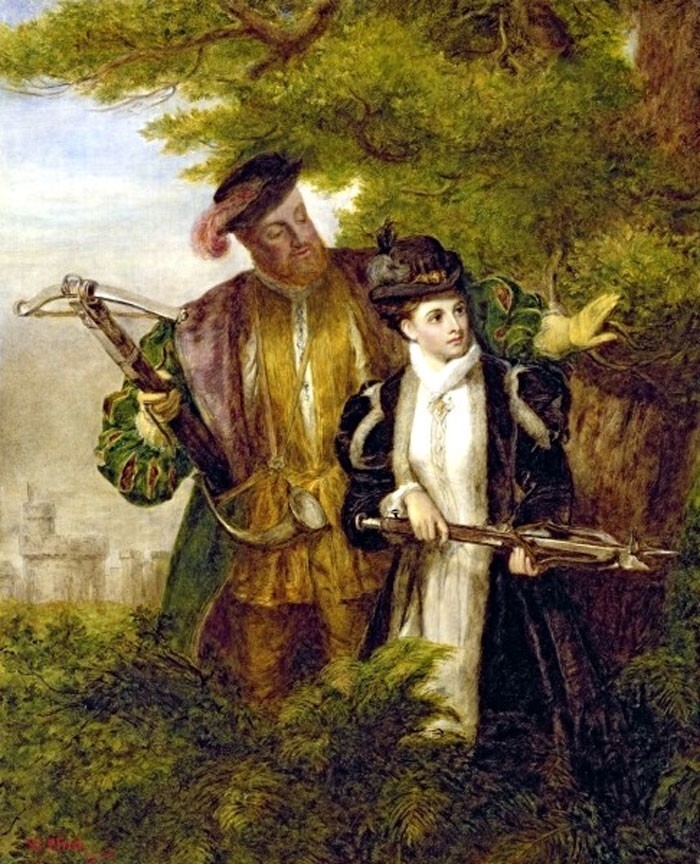
“That Anne Boleyn had six fingers. In this case, she would never have become Catherine of Aragon's maid of honor or even Henry's mistress, since this would have been considered imperfect. This was basically invented after she was executed.”
15. 
“Hitler did not become a monster because he was kicked out of art school.
He was a nerd who wandered around Vienna and filled his head with all sorts of “philosophical” nonsense, and was already on the way to becoming a monster when someone suggested that he study art and architecture at some school. He applied for admission, which he didn't put any effort into, and after being rejected, he started selling small paintings to make ends meet while still reading all those crazy books he had. He made up a story about being expelled from art school and described it in “My War.”












